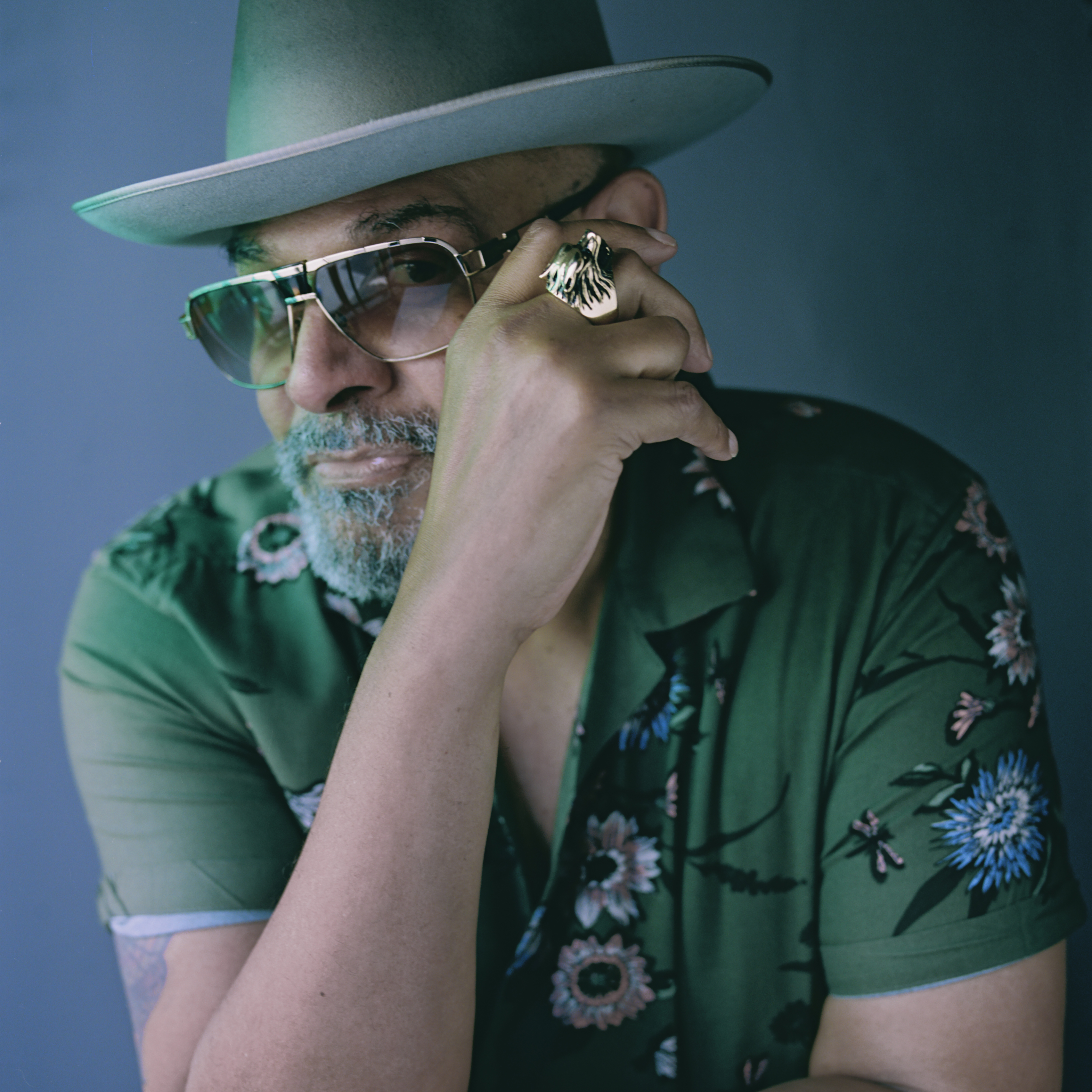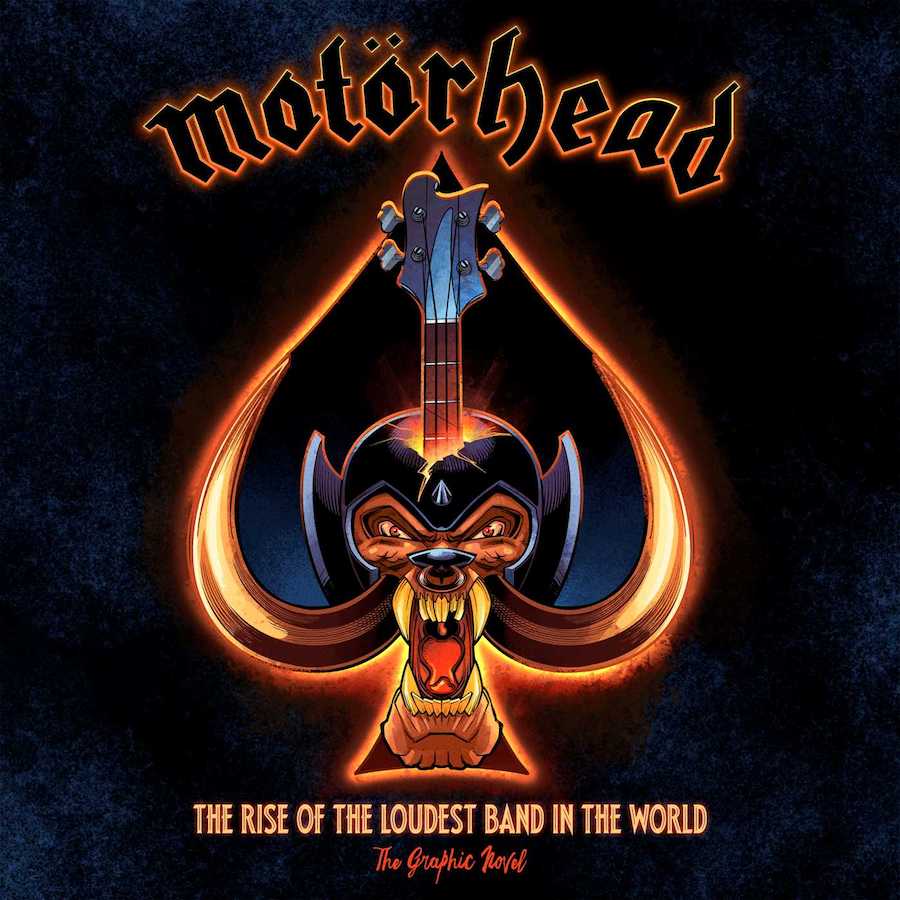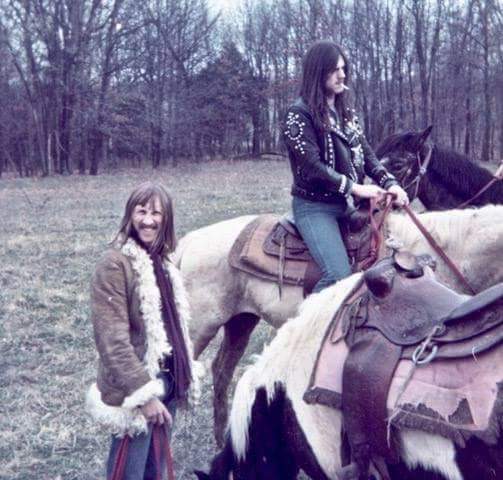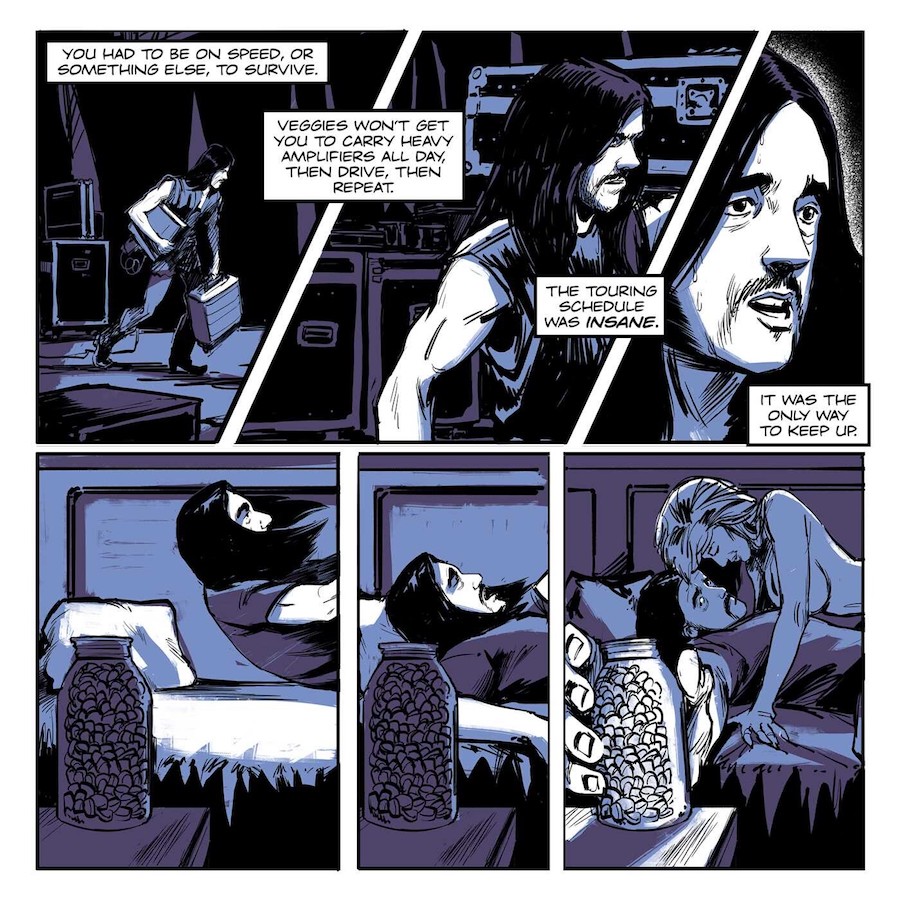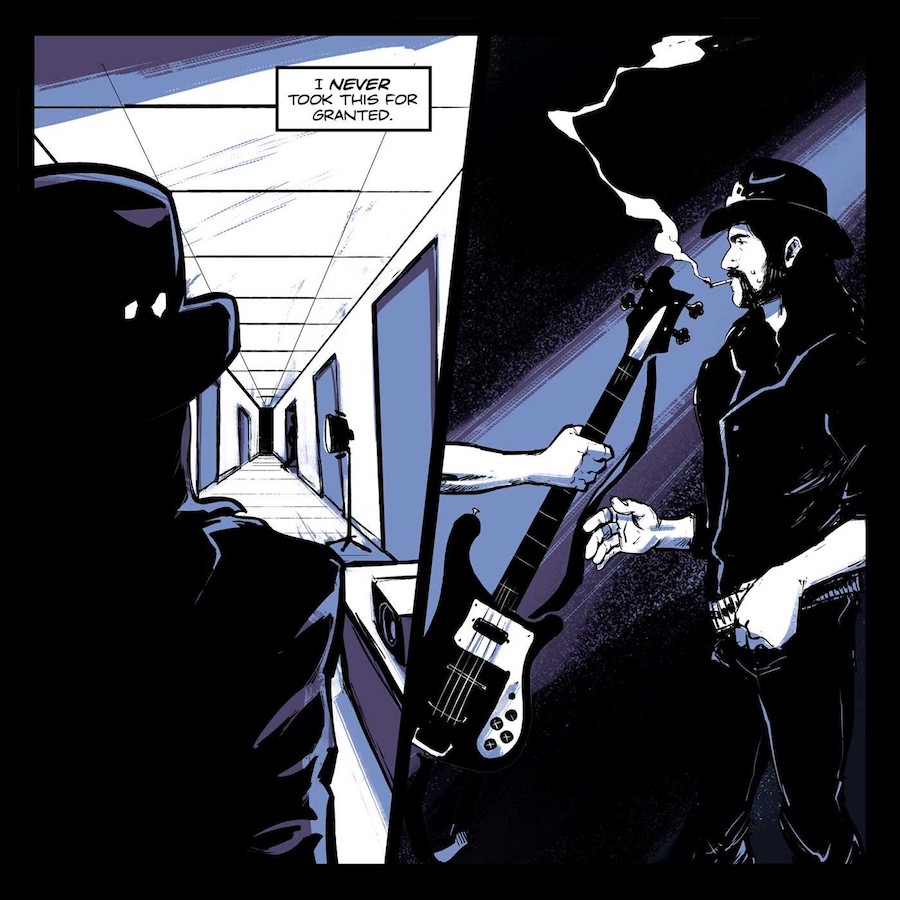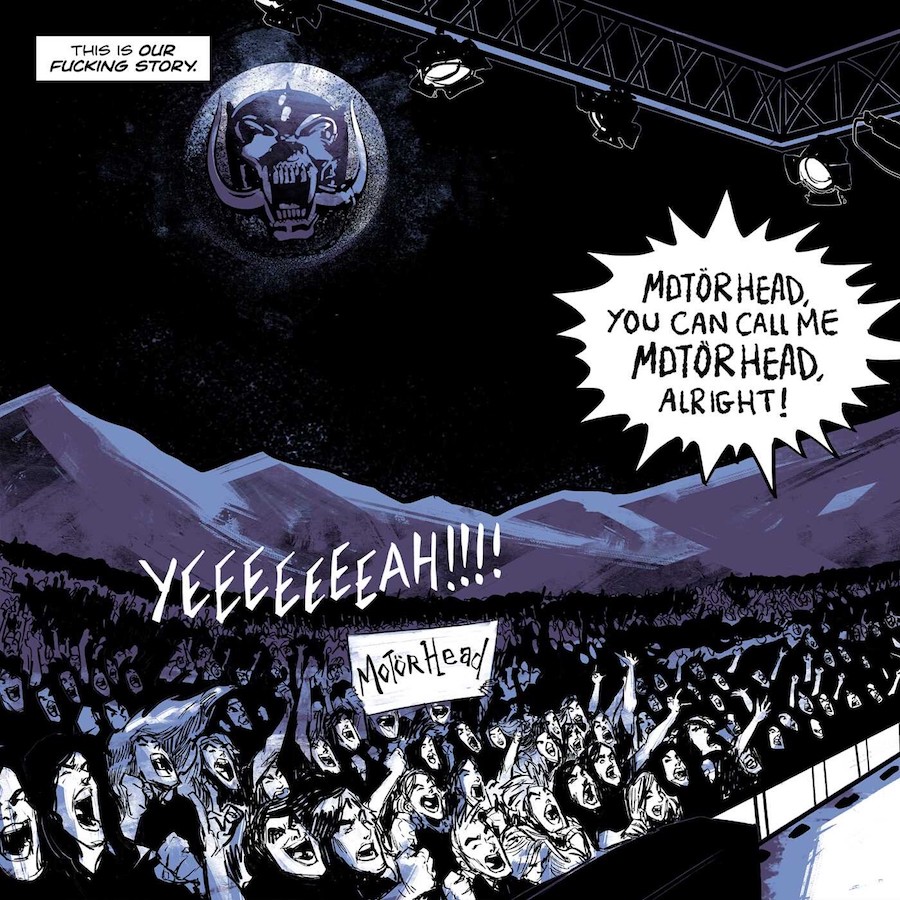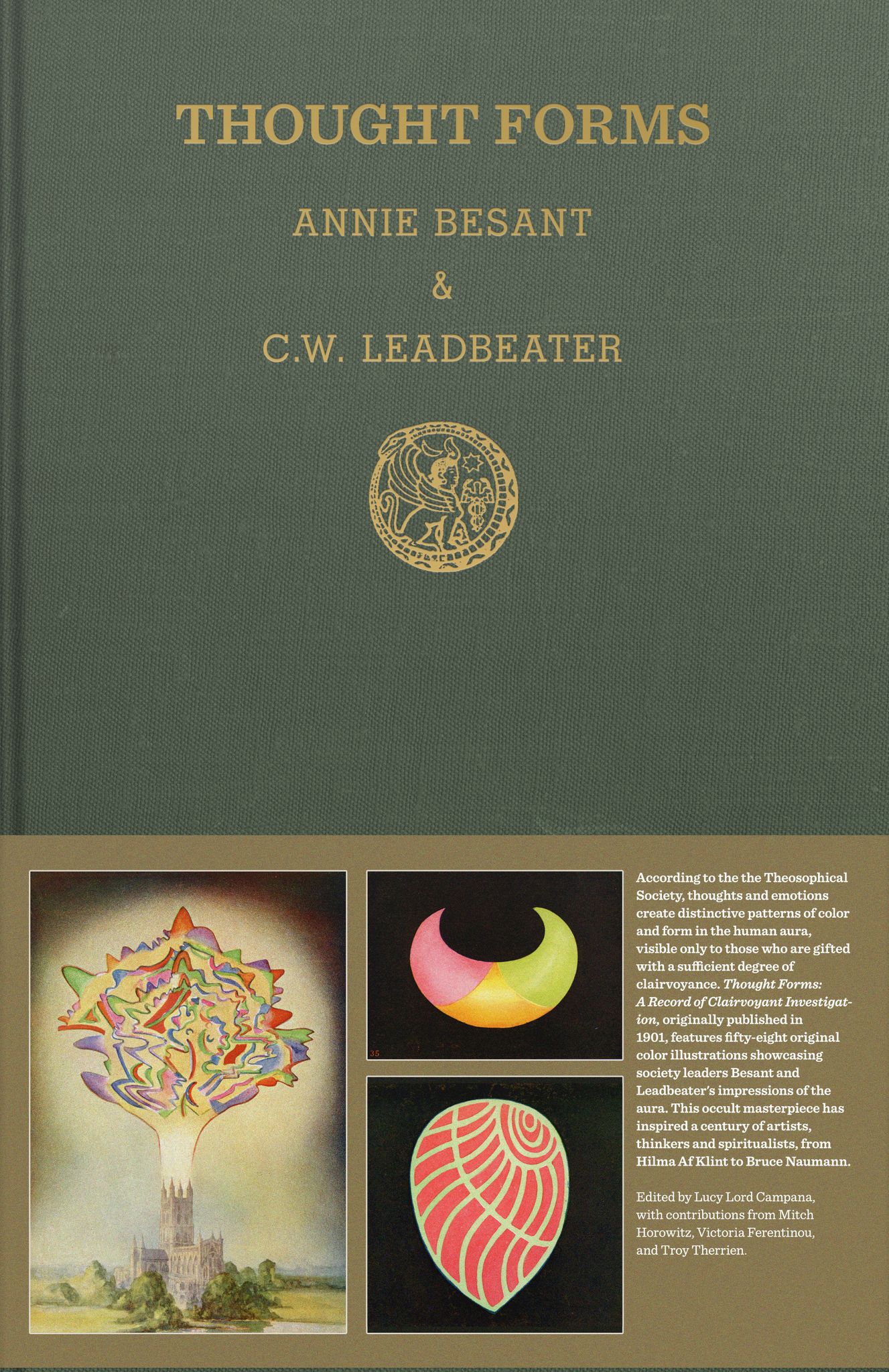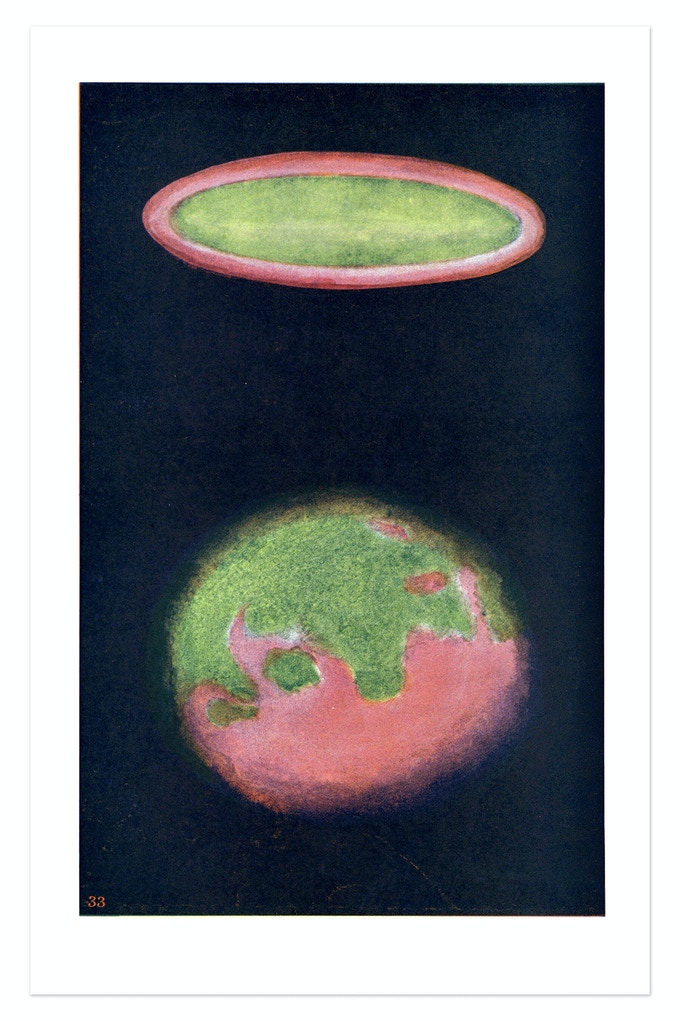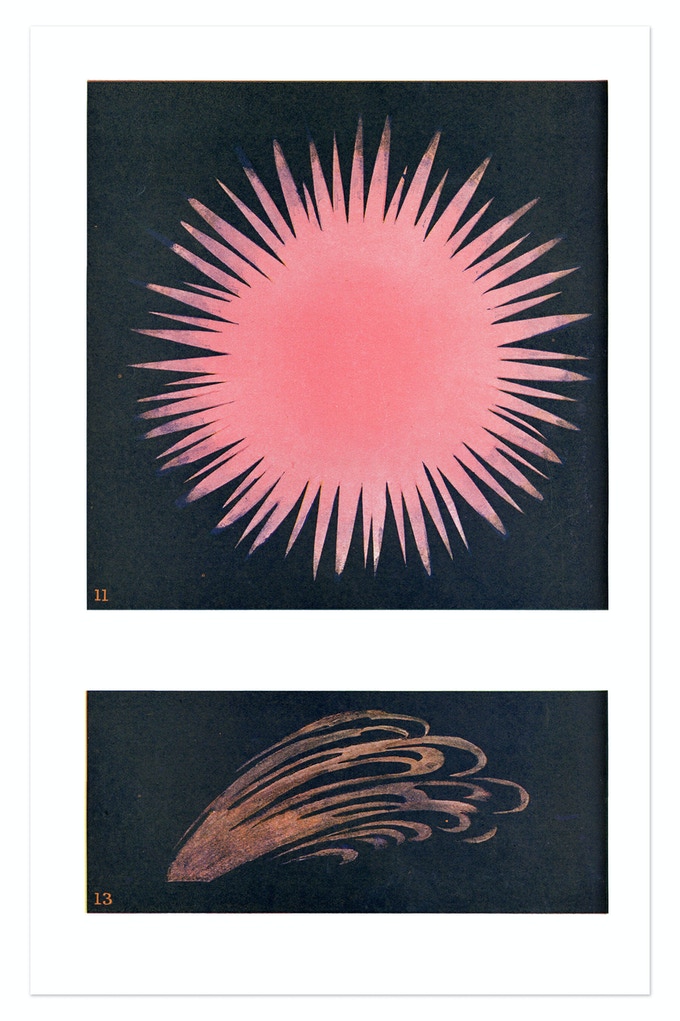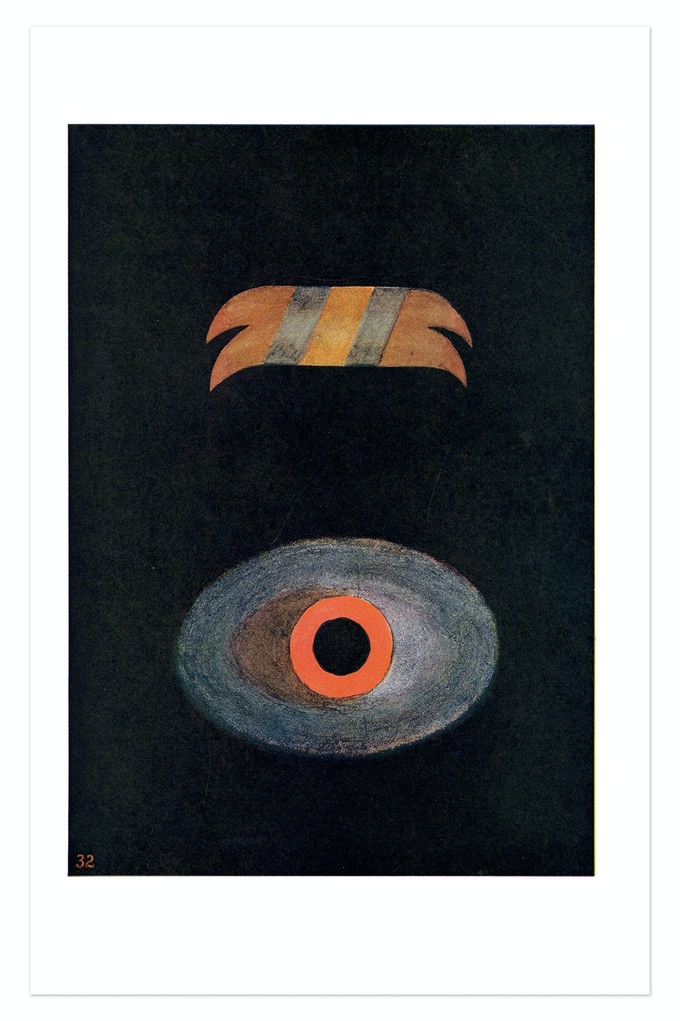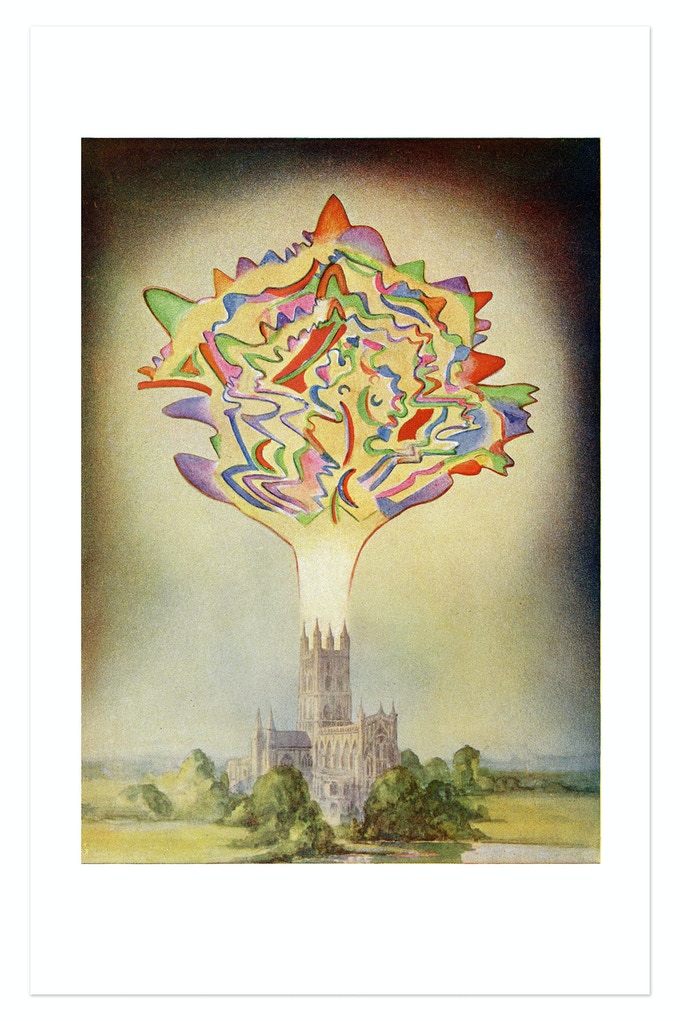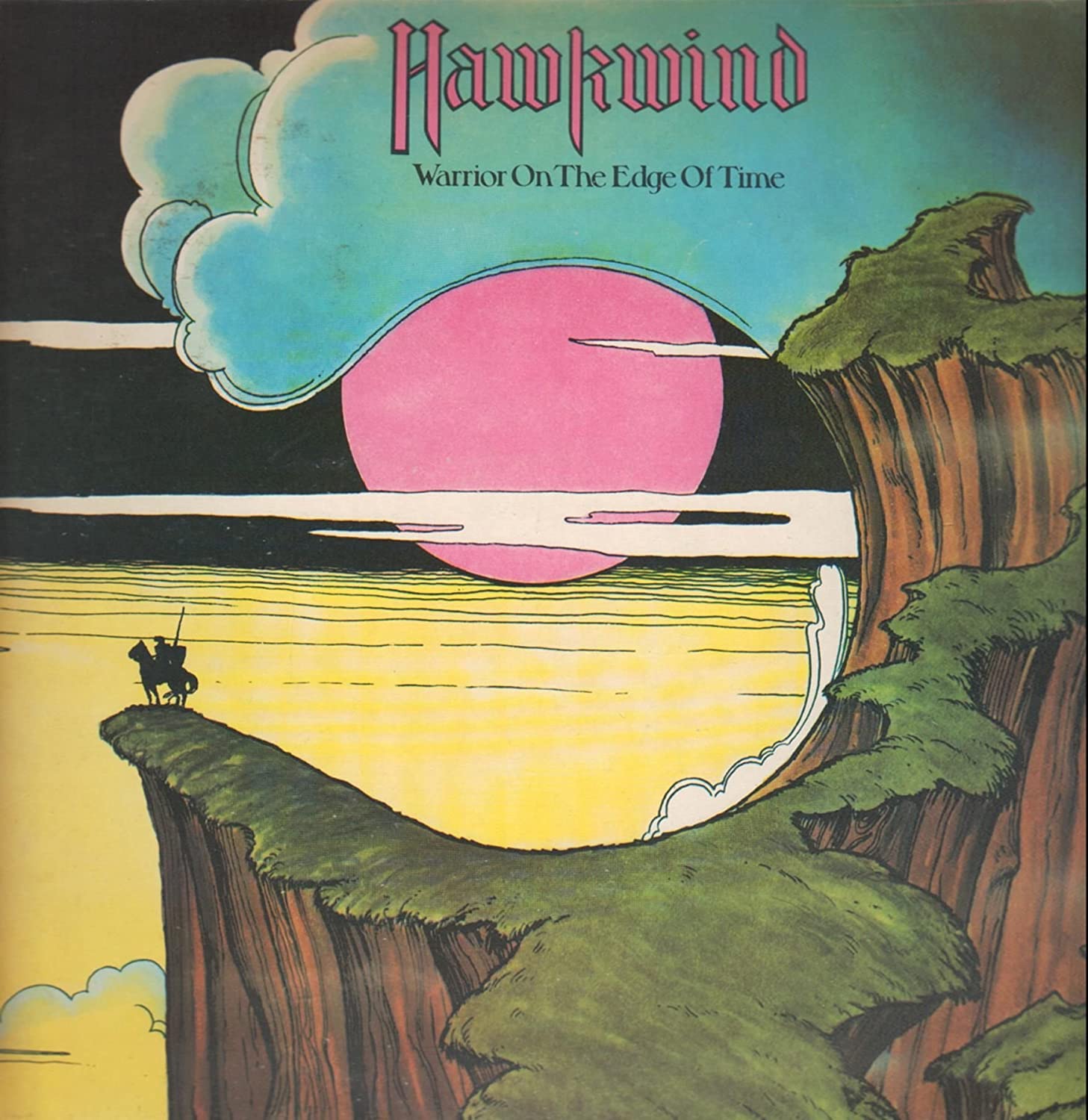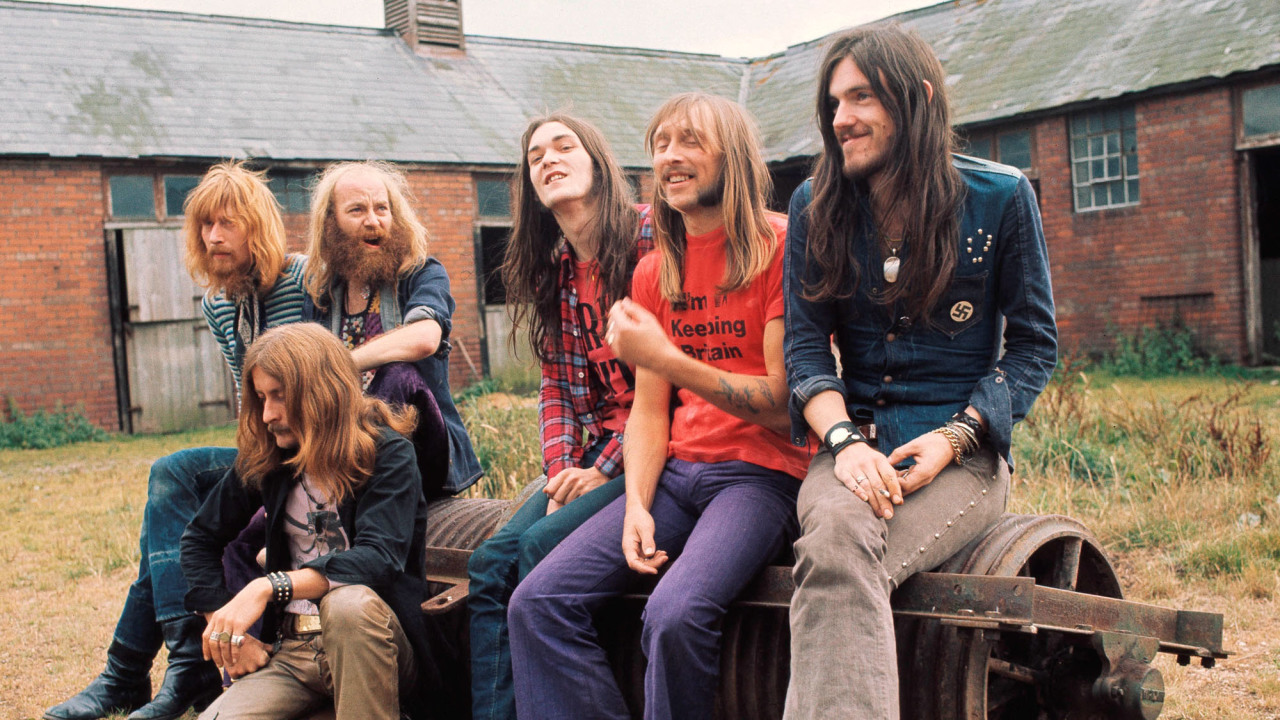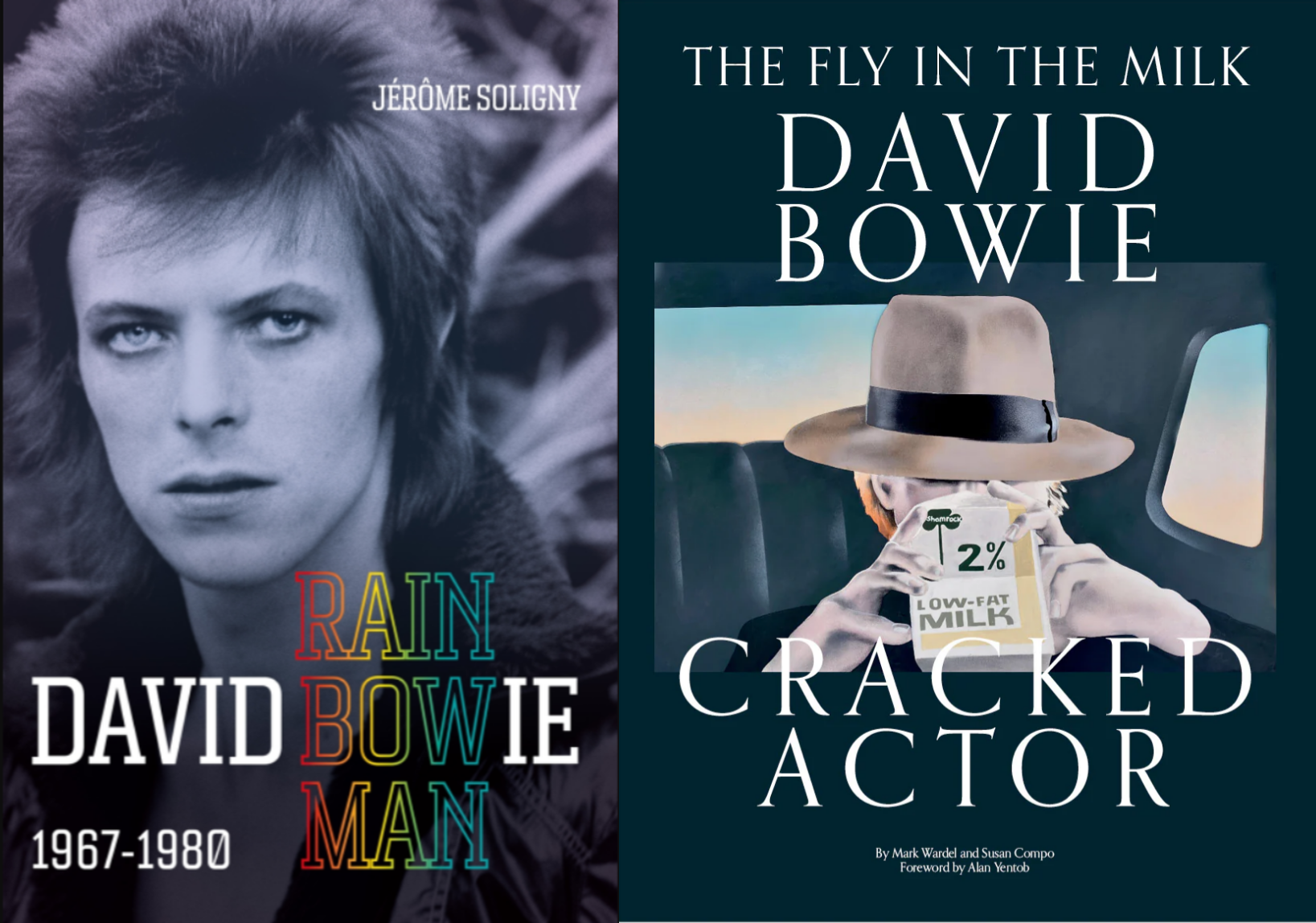
This is a guest post by Spencer Kansa, author of Wormwood Star: The Magickal Life of Marjorie Cameron, Zoning and Out There: The Transcendent Life and Art of Burt Shonberg.
(Authors note: This feature was meant to be accompanied by an interview with the artist Mark Wardel, but sadly, due to ill health, this has not been possible. We wish him the speediest of recoveries.)
Doubtless, there are naysayers who may wonder whether the world needs yet another book dedicated to David Bowie, a man whose many lives and multifaceted career have been exhaustively, though not always accurately, scrutinised over the past six decades. The Bowie shelf in the Rock and Pop Hall of Records is as prodigious as any, and it’s tricky to find a new angle on an artist who was a genre unto himself or discover any unexplored territory that hasn’t already been charted.
For the faithful, there remains a vain hope that his dutiful personal assistant, Corinne “Coco” Schwab, may one day share her memories of the man she devoted her life to. But, as the years pass, this looks unlikely to happen. Still, two new book releases underscore why Bowie remains such an endlessly fascinating and eternally elusive subject. A one-man cultural revolution whose protean influence impacted all the creative arts; whose sway cut across all strata of society: from gutter punks to members of European royalty.
For new/latecomers, David Bowie Rainbowman: 1967-1980, by Jérôme Soligny, presents a comprehensive guide, concentrating mostly on the decade Bowie musically, artistically and creatively owned; when the release of a new album by him was treated as a cultural event. As a veteran journalist for the French music bible Rock & Folk, Soligny interviewed ‘the Guv’nor’ many times over the years, and, as a fellow recording artist, he developed a friendship not only with his subject but with Tony Visconti and Mike Garson, too, who both provide flattering forwards.
Soligny sets up each chapter with an authoritative opening salvo from the Duke himself regarding each era, and then, in a workmanlike fashion, proceeds to document the year each landmark album was recorded, as well as all the creative offshoots, groundbreaking spectacles and social-cultural shockwaves that sprung from them. He then hands things over to the musicians and cohorts, famous fans and influencers who contributed to or were inspired by them, in an oral history that fleshes out the details.
For long-time disciples, this is already well-trodden ground, but there are nuggets sprinkled throughout including several surprising revelations. For instance, the book claims the look of the Droogs in Kubrick’s A Clockwork Orange was inspired by a photograph the director saw of The Riot Squad, the beat combo Bowie joined for a short-lived spell in 1967, which, if true, provides a neat slice of sartorial symmetry considering the Droogs inspired the early attire of Ziggy and the Spiders from Mars.
Hermione Farthingale, Bowie’s first great love, talks expansively about their time together and finally breaks her silence regarding the two bittersweet ballads he wrote about her on the Space Oddity album. Liverpool poet and Scaffold member, Roger McGough, is chuffed to learn that his poem, ‘At Lunchtime—A Story of Love,’ may have partially inspired ‘Five Years’. Ed Sanders is equally touched that Bowie was a Fugs fan and included Tales of Beatnik Glory in his list of 100 favorite books. https://www.nypl.org/blog/2016/01/11/david-bowies-top-100-books
We hear about the real-life inspiration for the feral ‘Wild Eyed Boy From Freecloud.’ Donovan (who covered the Diamond Dogs cut, ‘Rock ‘n’ Roll with Me’) recounts the improbable time Bowie successfully negotiated with local union officials to allow the ‘Sunshine Superman’ singer to play a concert in Boston in 1974. Mary Hopkin admits she always hated the “twee” intro she sang on ‘Sound and Vision,’ but concedes it’s become “iconic” now. And there’s also a little more info regarding the momentous occasion when Major Tom touched base with Hendrix.
Charges of plagiarism (which Bowie freely copped to, outing himself as a “tasteful thief”) are given when the author highlights the glaring similarities between the Bowie-scored Iggy number, ‘Tiny Girls,’ and the late 60s French chanson, ‘D’aventures en aventures’ by Serge Lama.
But his further assertions that the main two-chord motif in Billy Swan’s ‘I Can Help’ inspired ‘TVC15,’ and the “Heroes” closer, ‘The Secret Life of Arabia,’ is derived from ‘Cokane In My Brain,’ by reggae artist Dillinger, are a stretch and sound far less persuasive.
On the critical side, Soligny’s Gallic-tinged prose can sometimes veer into the purple, and he issues several statements that beg to be disputed. For example, Bowie’s responses to Dick Cavett during his wired TV interview are most certainly not “gibberish,” as he contends, and describing Aleister Crowley as “The father of modern Satanism,” is equally questionable. (On that same subject, the two Only Ones tracks Soligny cites as “Crowley-inspired,” ‘The Beast’ and ‘The Whole of the Law,’ have, in reality, nothing to do with Old Crow himself other than their titles.) And, despite what’s written, ‘Look Back in Anger’ was never part of the setlist on The Glass Spider Tour.
But most egregious of all is his completely cockeyed claims that, between 1979-1984, Bowie left behind his “poster-boy image” and pointedly underplayed his physical beauty, and that the eighties “would not be his decade.” This flies in the face of the fact that in the wake of the huge commercial successes of Scary Monsters and Let’s Dance, Bowie only reinforced his status as the most glamorous pin-up on the planet, with an unprecedented, new-found popularity, bolstered by an entirely new generation of fans who’d come of age and latched onto his music, even though, unlike his previous work, both albums were now front-loaded with the best material.
One thing that will seriously disappoint the diehards is the photographic selection, as most will already be over-familiar with it, but that certainly isn’t true of David Bowie and Cracked Actor: The Fly in The Milk, a sumptuously illustrated behind-the-scenes account of the greatest rockumentary of them all.
Filmed by Alan Yentob for the BBC’s arts programme Omnibus, in August and September 1974, Cracked Actor remains a riveting study of Bowie as he breaks America wide open while performing in the guise of his elegantly wasted persona, Halloween Jack, during his celebrated Diamond Dogs Tour of that year.
Those familiar with the documentary will know the subtitle of the book alludes to one of the many quotable lines uttered by Bowie throughout the film. Asked by Yentob how he feels, submerged in the idioms of America, Bowie gazes down into the milk carton he’s holding and amusingly relates his situation to that of “a fly floating around in my milk. It’s a foreign body in it, you see, and he’s getting a lot of milk (chuckles). That’s kind of how I feel: a foreign body here, and I couldn’t help but soak it up.”
The idea for the book was suggested by the artist Mark Wardel to his co-author, Susan Compo, as a prequel to Earthbound, her 2017 study on the making of The Man Who Fell To Earth, which he contributed to. This made perfect sense considering one rapt viewer of the documentary was that film’s director Nicholas Roeg, who realized he’d found in Bowie the perfect entity to portray the lead in his next picture.
Wardel has been obsessed with the documentary ever since it was first aired, and the book showcases his portraits of Bowie from this era, which are as soigné and fierce as the man himself. It also boasts over a dozen never-before-seen concert shots, and the project was given a decisive boost when Yentob came on board and opened his archive up to them, revealing interviews and backstage scenes that never made the cut.
.png)
What you like is in the limo! Bowie captured by Mark Wardel.
For Bowiephiles the book is an absolute treat, and, among its many highlights is the full transcript of the combative TV news interview that opens the film, which not only confirms that the reporter, Wayne Satz, was even more dickish than the excerpt shown suggests, but underlines just how alarmed—and alarmist—mainstream America was by Bowie at the time. Mind you, as the book later details, some members of a BBC viewing panel were equally aghast, particularly after watching Bowie snogging a skull while embodying the Hollyweirdo-meets-Hamlet sleaze-meister from Cracked Actor.
One intriguing unused scene featured Bowie and Yentob watching a private screening of James Dean: The First American Teenager, in the presence of the film’s producer, David Puttman, and its director, Ray Connolly. Bowie saw definite parallels between himself and Dean, especially their shared sexual mystique, and was touched when Elizabeth Taylor told him he reminded her of her Giant co-star. And, in the documentary, she’s captured arriving at the Diamond Dogs concert in Anaheim, keen to enlist Bowie to play her leading man in the ill-fated dud, The Blue Bird. (Bowie would go on to model Dean’s Rebel Without a Cause garb and haircut during his epic, one and only appearance on The Tonight Show Starring Johnny Carson in 1980, which brought the house down.)
A transcript is then shared of a remarkable conversation between Bowie and Puttman who relays how the actor James Fox recently quit the business having been dealt a personal blow following the death of his father. Bowie empathises and admits his own father’s passing had a similar effect on his career (which may help explain why he failed to follow up ‘Space Oddity’ with another hit for several years). Bowie then makes the bombshell claim that, back in the late 60s, he visited the Kray twins in Brixton prison, accompanied by Fox, who wanted to draw upon them for his gangster role in Performance.
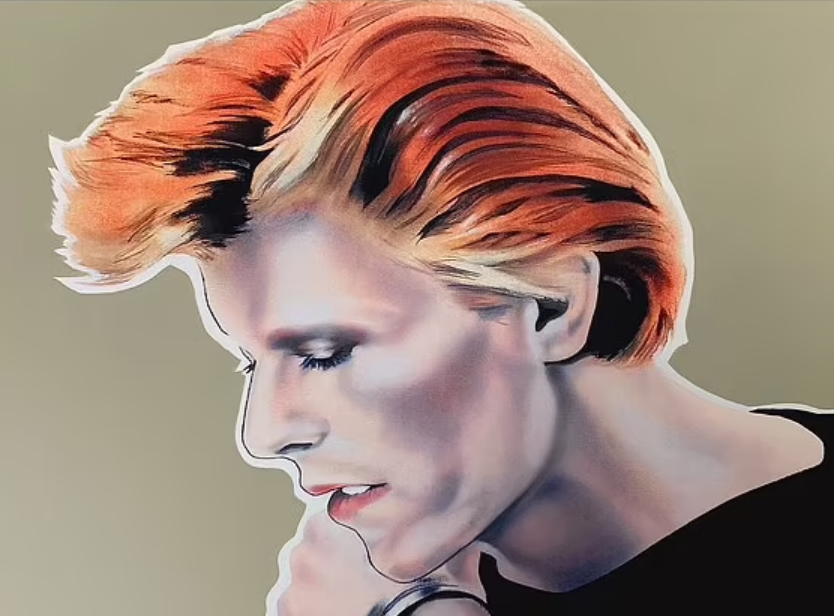
Halloween Jack in profile, by Mark Wardel.
August provided a month-long break for the tour, during which Bowie decamped to Sigma Sound Studio in Philadelphia, to record the first sessions of what would become Young Americans. When the second leg of the tour reconvened in September, with a series of shows in Southern California, Bowie included a selection of his new Philly Soul-inspired songs that didn’t go down too well with some of the glam rockers in the audience.
Still, when he opened for a week-long residency at the Universal Amphitheatre in LA, the show attracted a starry crowd, including such famous faces as Britt Ekland and Raquel Welch, who admitted to the press afterwards that she hoped to make a record with Bowie. The Dame’s teenage role model, Anthony Newley, also attended, accompanied by another Bowie connection, singer Peter Noone, but left his front-row seat midway through due to the racket caused by Earl Slick’s guitar playing! Nevertheless, he subsequently conceded that his former emulator was “…madly elegant and very, very original.”
Bowie floats out over the audience, sitting on the end of a cherry picker crane, as he performs ‘Space Oddity.’
Author Tosh Berman has written how his artist father, Wallace Berman, took him to see that LA show, where they sat behind the TV personality Steve Allen and his vivacious wife, the actress Jayne Meadows. And an impressionable 16-year-old Michael Jackson (and his brothers) attended on consecutive nights, where he witnessed a masterclass in showmanship, including Bowie’s take on the moonwalk (which dates back to the ragtime-era) and that leg waggle move (taught to him by tour choreographer and The Lockers dance troupe alum, Toni Basil) that he would appropriate a decade later.
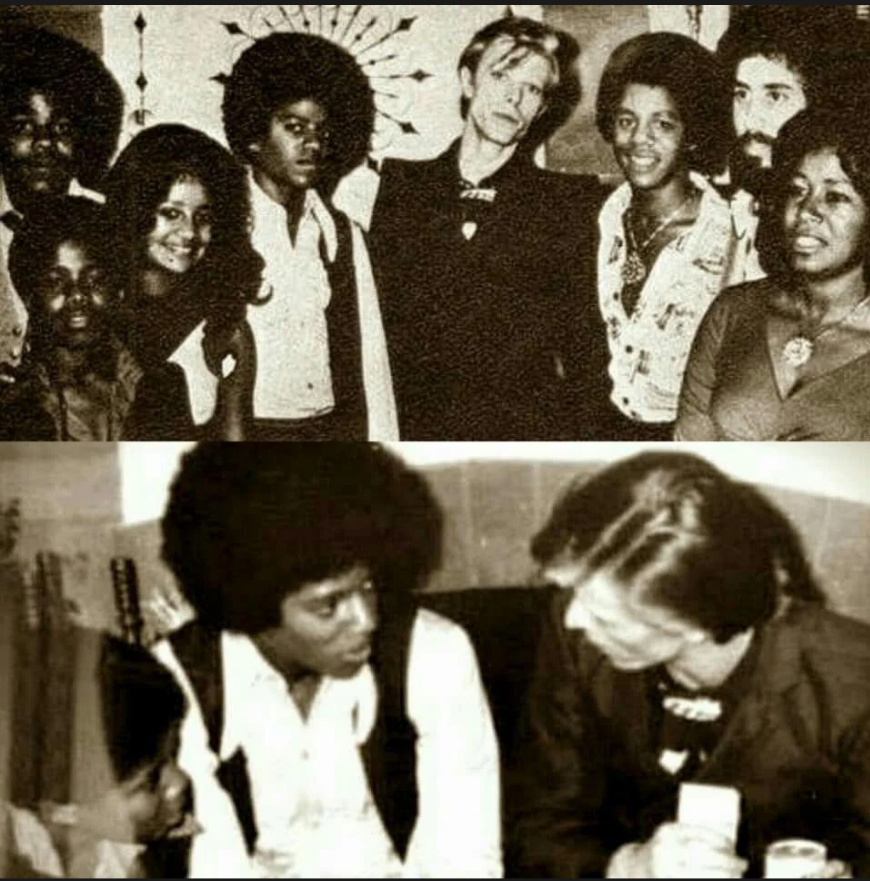
Bowie with MJ and the Jackson family (and a bearded David Gest!) at the Jackson’s Hayvenhurst home in Encino. In the 2022 Janet Jackson documentary, it was revealed that Bowie generously offered Michael and brother Randy a snort from his coke stash, but they turned him down.
Though not often cited or discussed enough, Bowie would remain one of Jackson’s major influences throughout the rest of his life. During the eighties, he channelled the rock star’s otherworldly mystique and overhauled his milquetoast image in a studied effort to make himself an object of fascination, à la Bowie, even taking his ‘Jean Genie’ lyric about “sleep(ing) in a capsule” to heart. Then, for much of the nineties, he adopted Halloween Jack’s powdery pallor, dark suit and black Borsalino fedora look. One of Jacko’s biographers has even disclosed how the pop superstar kept a shrine dedicated to Bowie at Neverland. (Bowie performing ‘Panic in Detroit’ on the Diamond Dogs Tour. At the 1:35 mark, he does the leg waggle move that Michael Jackson copied a decade later.)
Halloween Jack’s orange-blonde ombré hairstyle and stylish wardrobe are really the first iteration and template for what would become Bowie’s greatest-ever look as Thomas Jerome Newton in The Man Who Fell to Earth and the Thin White Duke alter ego that followed. But as well as capturing his epicene beauty (during one interview Bowie looks disconcertingly like a proto-Princess Di) and the entrancing effect his music and stagecraft have on his audience, Cracked Actor also betrays the obvious signs of his drug use, although he actually appears more loaded when he’s on stage than when he’s off.
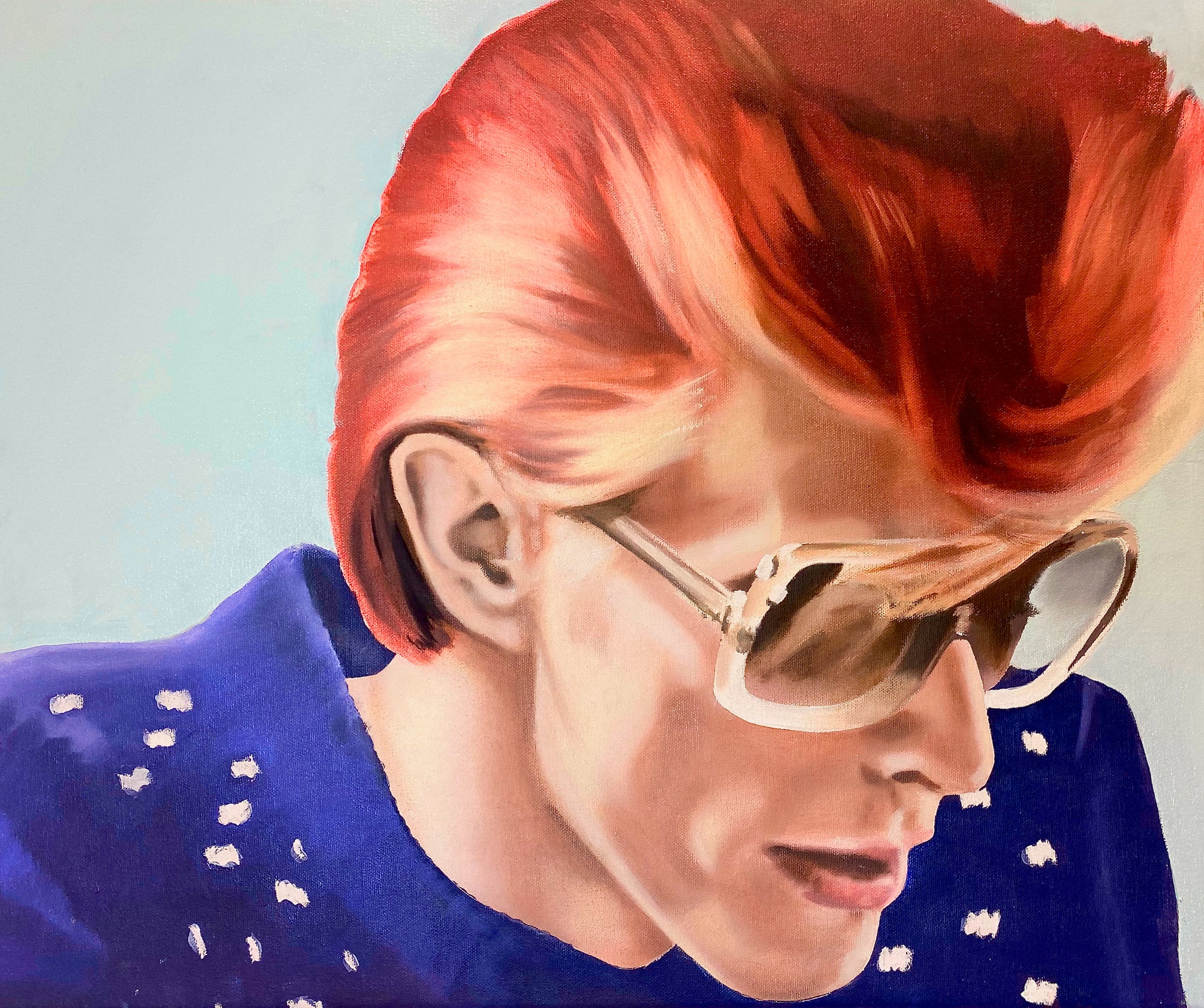
Halloween Jack’s orange-blonde ombré hairstyle was the template for what would become Bowie’s greatest-ever look as the Thin White Duke. Image; Mark Wardel.
You can taste the cocaine in his voice as he rasps through his repertoire. Curiously, back in 2008, a furtively filmed clip of Bowie huffing the devil’s dandruff from a baggie in his dressing room, mysteriously found its way online, but the authors haven’t been able to verify whether this is an actual outtake or if it was sourced from elsewhere.
But most dishearteningly for fans, the authors do confirm that the hunt for the missing Diamond Dogs concert footage, filmed by the BBC team, has gone cold since Yentob announced the search at a screening of the film in 2017. Adding an extra dollop of misery, they further reveal that all the footage from the Iggy Pop concert at the Santa Monica Civic in 1977, featuring Bowie on keyboards, and filmed by a professional four-camera crew, has gone missing, too.
Plans to bring the Diamond Dogs Tour back home to the UK proved too financially prohibitive, so when the documentary aired in January 1975, it was the only chance for Bowie’s British fans to see what he’d been up to since he left British shores, having only read about the extravaganza in the weekly music papers. Thanks to the film and the Young Americans album that followed in March, an entirely new subculture was born in Britain: The Bowie Soul Boy.
.jpg)
The documentary was trailed prominently in the Radio Times.

RCA ran an advert to promote ‘Cracked Actor’ and Bowie’s catalogue.
Wardel was seventeen when the film was transmitted, and one of that multitude of British Bowie fans whose life was changed irrevocably after watching him sing ‘Starman,’ albeit not the famous Top of the Pops version, but the performance given a month earlier when Ziggy and the Spiders appeared on Lift Off with Ayshea, a kids TV show broadcast in the Midlands and the North of England.
In June of 1978, the aspiring artist moved from his seaside home town on the Wirral to London and watched Bowie perform at Earls Court on his first night in The Big Smoke. With an impressive portfolio under his arm, he walked straight into a job at a design studio in Soho and became a portraitist to the alarmingly glamorous luminaries of the heavily Bowie-inspired Blitz Kids-New Romantic-Synth Pop scene. He palled around with Boy George and David Sylvian and earned some extra kudos from them due to the thank you letter he received from their hero in Berlin after Wardel sent him one of his pieces as a present. In the missive, Bowie proffered a couple of book recommendations: Brain of the Firm: The Managerial Cybernetics of Organization, by Stafford Beer and The Origin of Consciousness in the Breakdown of the Bicameral Mind by the Princeton psychologist, Julian Jaynes, which also made Bowie’s list of favorite books.
Wardel then gained some national prominence when he was interviewed about his artwork twice by Paula Yates on The Tube, once while Hazel O’Connor sat for her portrait.
In recent years, he has become as famous for his stunning Bowie masks. The V&A commissioned 300 of them for their blockbuster Bowie Is exhibition in 2013 and a set of six was purchased by the man himself:
Naturally, his work continues to pull in people from the Bowie vortex, and last year he crafted the cover for Dana Gillespie’s 73rd album. He was also recently interviewed by the songstress, during which he gave a summary of his work and life.
.jpg)
Artist Mark Wardel and one of his pieces.
You can order a copy of David Bowie Rainbowman: 1967-1980 here.
You can order David Bowie and Cracked Actor: The Fly in The Milk from Red Planet Books here.
And you can discover more about Mark Wardel’s creations here.






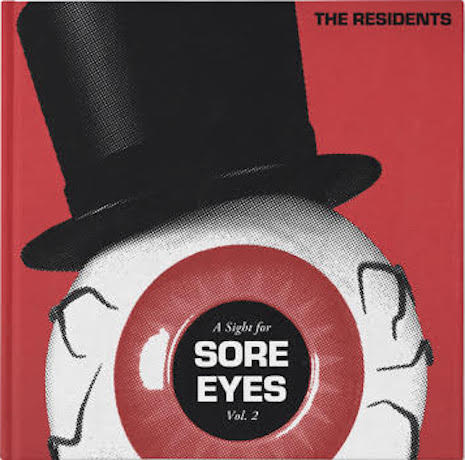

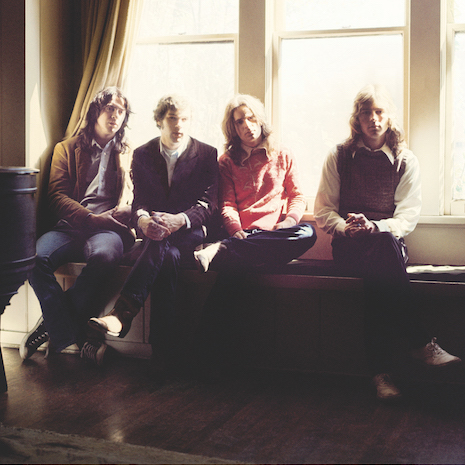
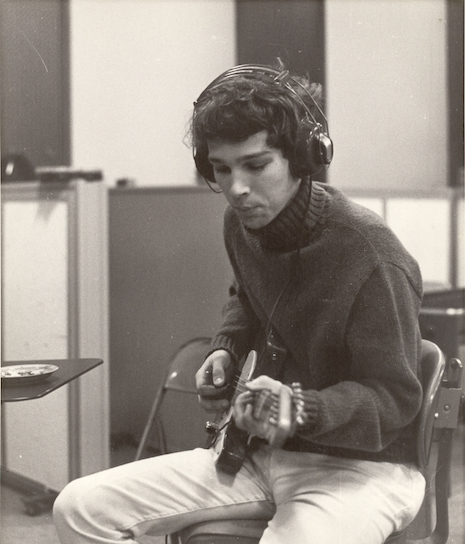
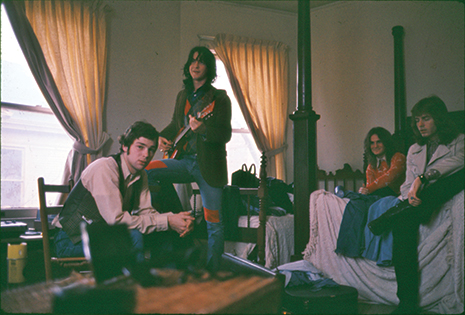
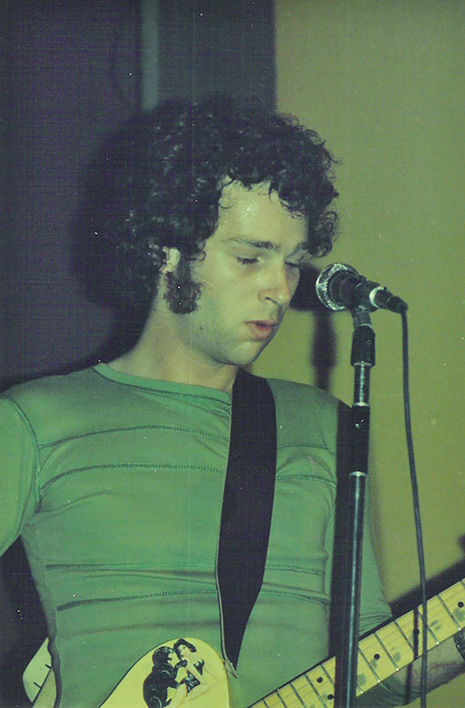
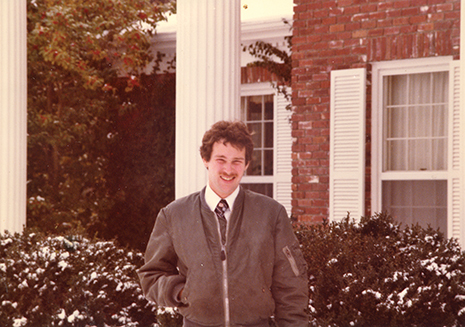
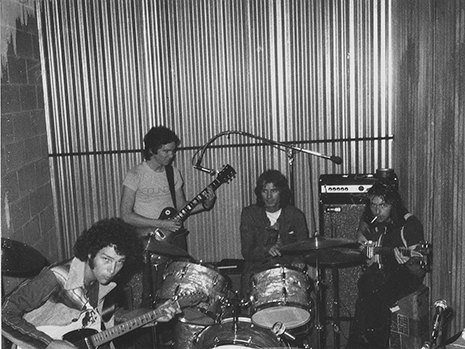
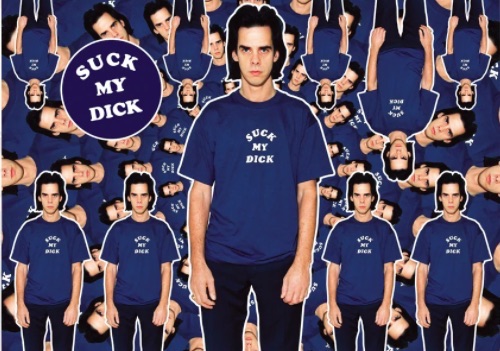

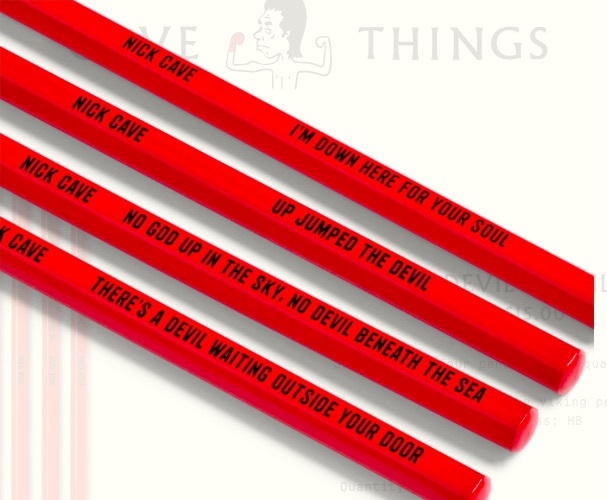
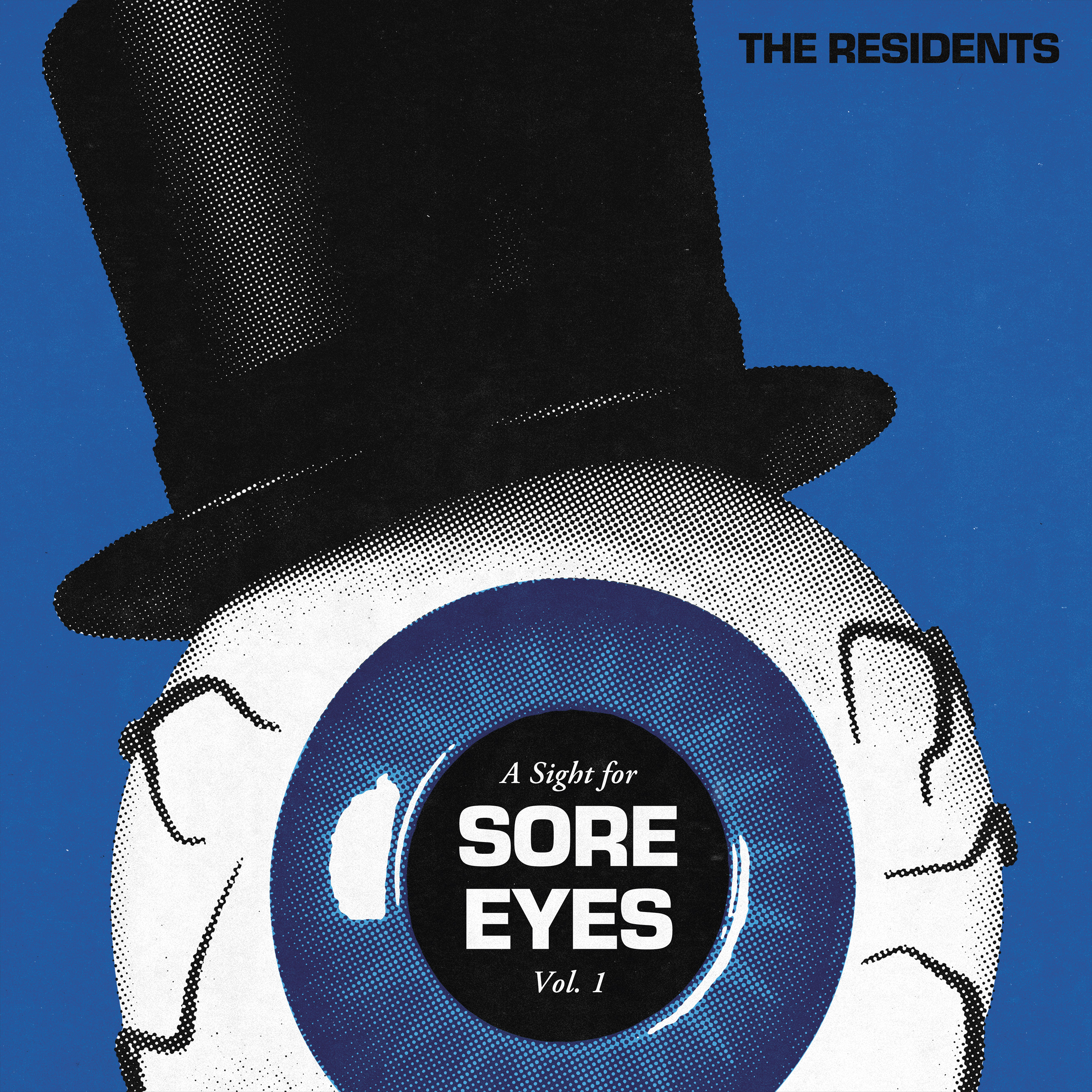
_(1)1.jpg)
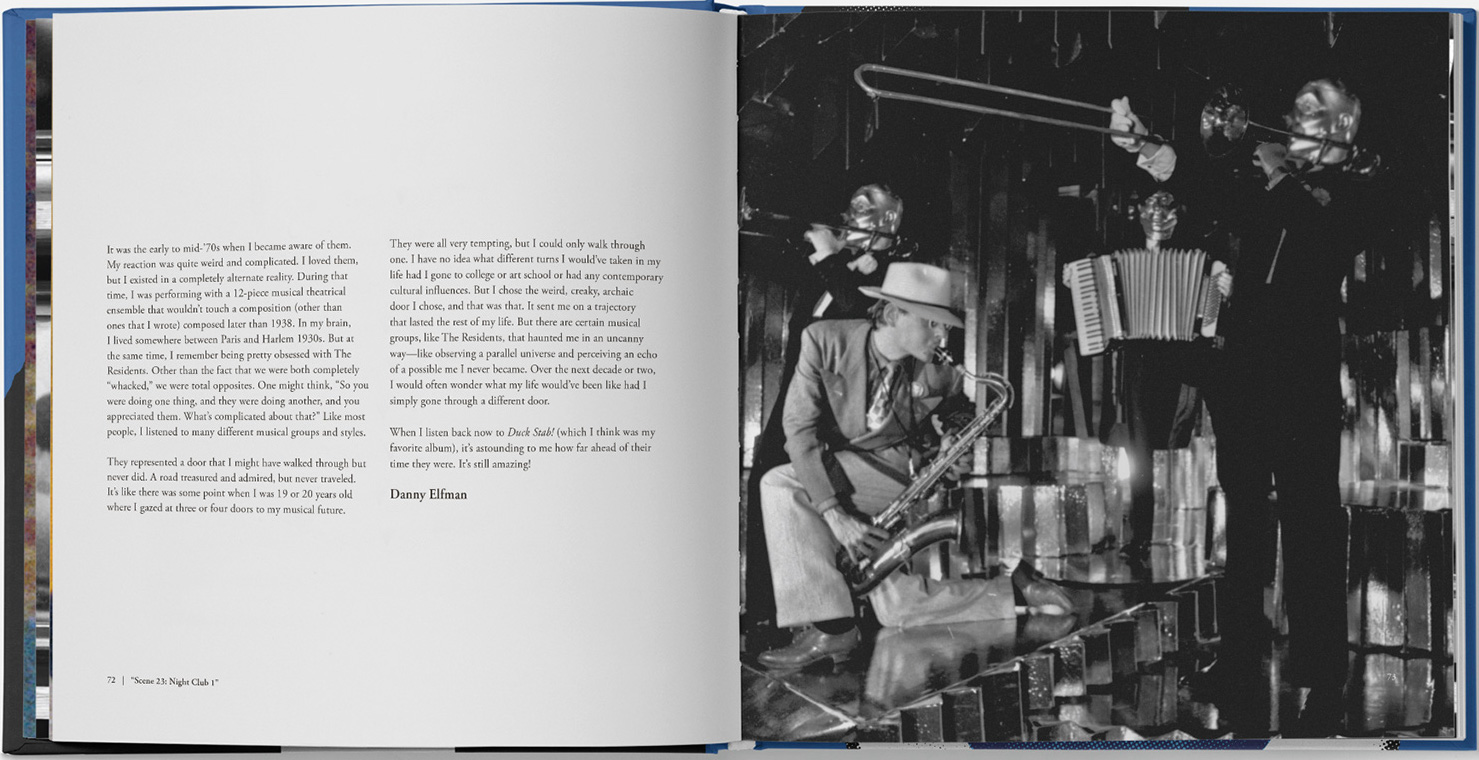
.jpg)

